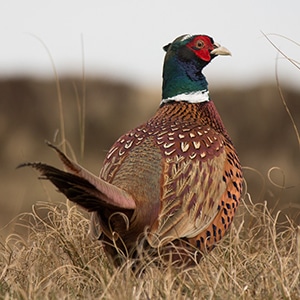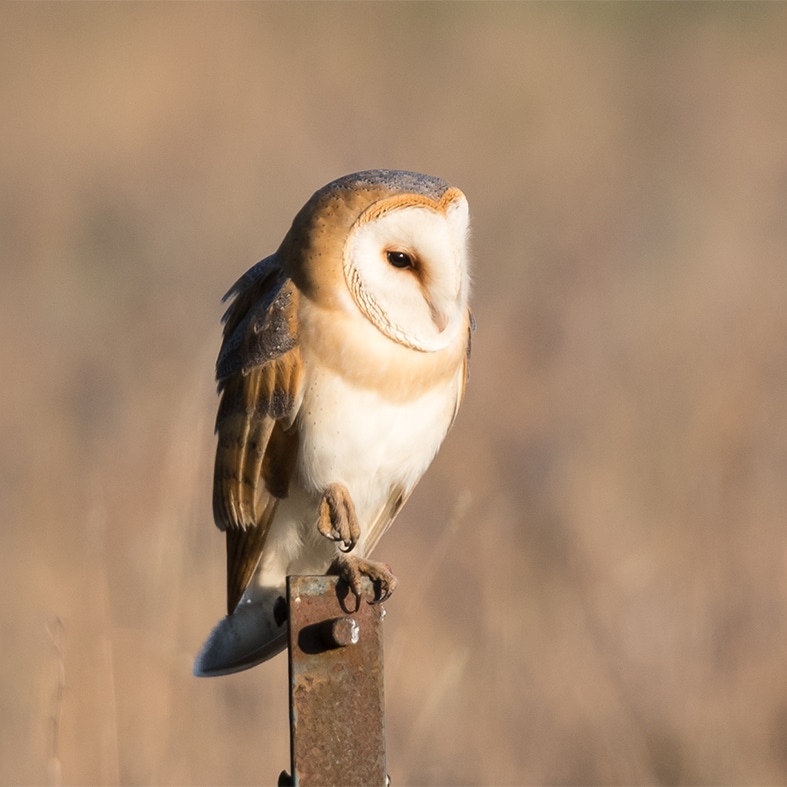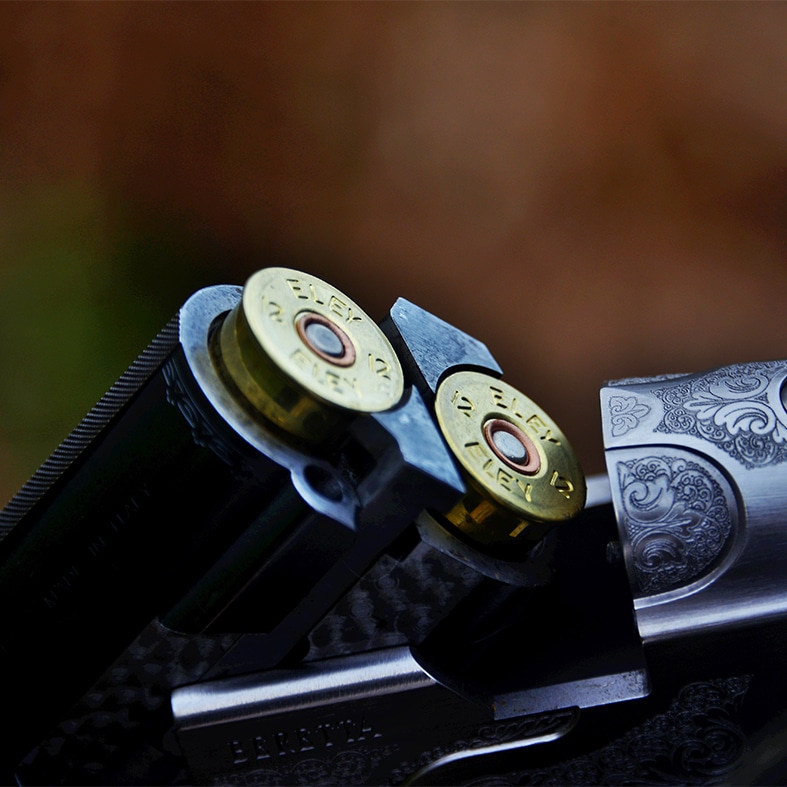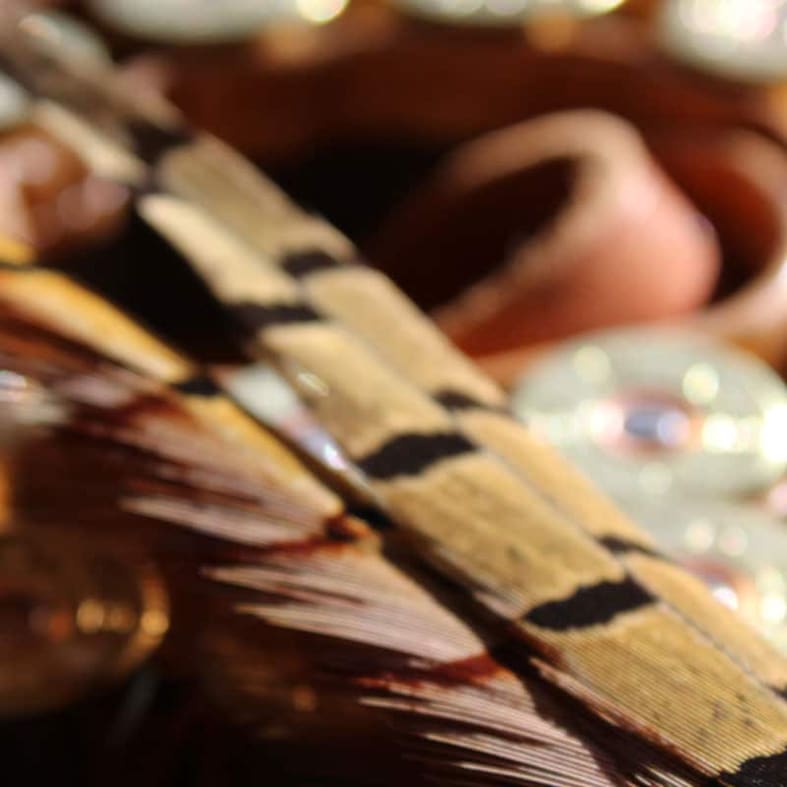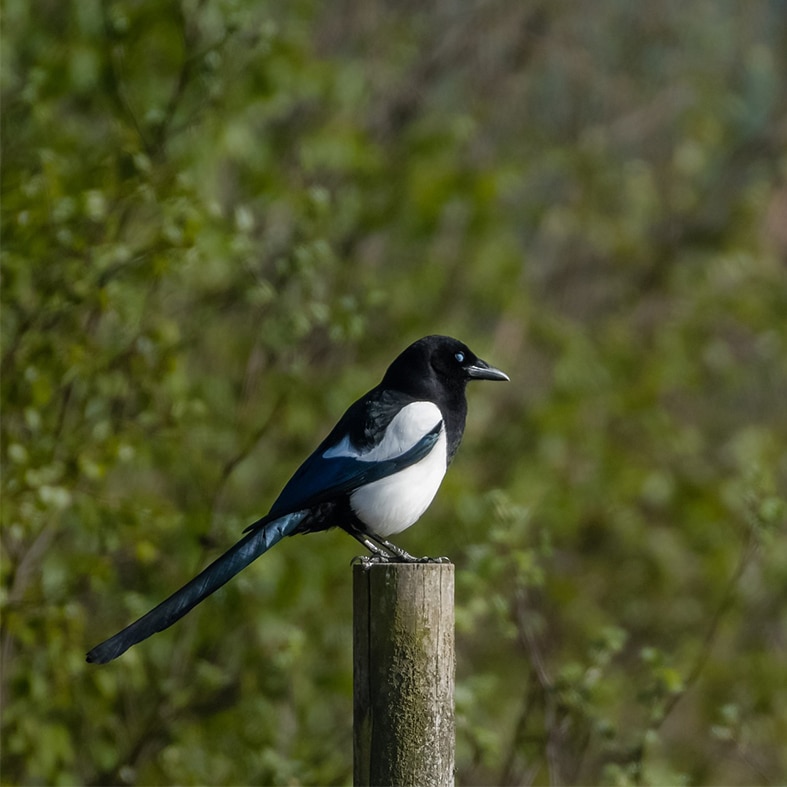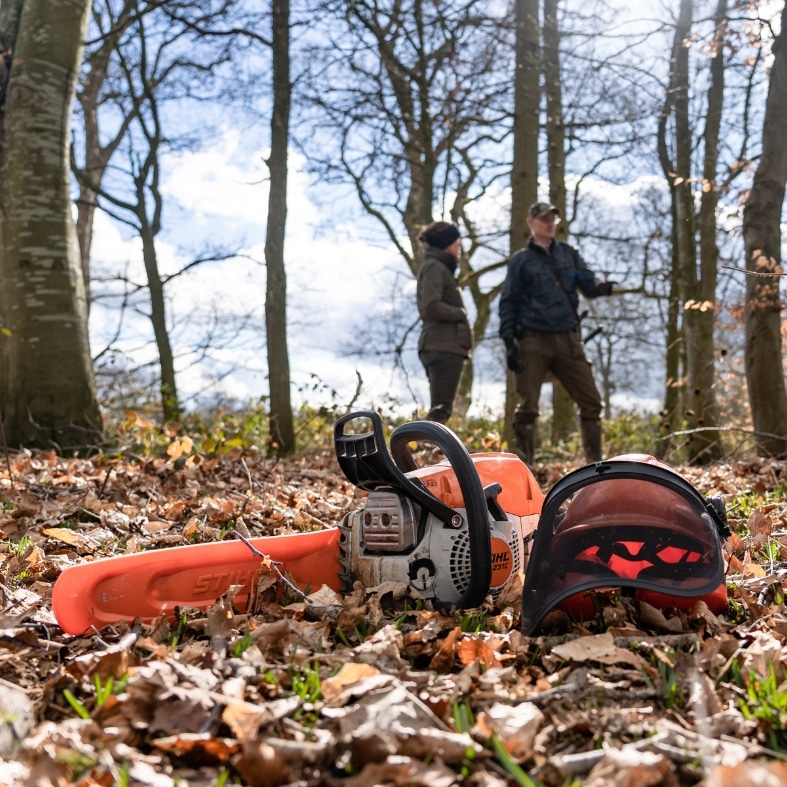

Woodland management
Woodland management
Sustainable shooting, conducted in line with best practice, provides huge benefits to people, the economy and our environment.
Estimates of the conservation benefits that come from shooting roll into millions-of-pounds in equivalent spent each year. The management of habitats like moorland, woodland and wetlands, and bespoke habitat creation areas such as cover crops, provide habitat for quarry and wider wildlife. So too, managing deer, pests and predators reduces environmental damage, protects threatened species and reduces losses in farming and timber production.
Being a member of BASC means you align with enhancing and promoting the benefits we bring for the environment. On this page, we will provide you with resources and links to advice and guidance to do just that.
Woodcock
The enigmatic woodcock is reliant on good habitat, which is largely deciduous or mixed woodland containing clearings, glades or rides. They are generally nocturnal, spending this time foraging for creatures such as worms, beetles, spiders, caterpillars and small snails.
UK Game shoots manage 500,000 hectares of woodland and 100,000 hectares of copses. Within these areas, there are a number of things that landowners, shoot managers and gamekeepers can do to enhance their woodland to help create good habitat for woodcock.
Share

Poaching and rural crime
Gamekeepers and the shooting community are often those most affected by, or witness to, poaching and rural crime.
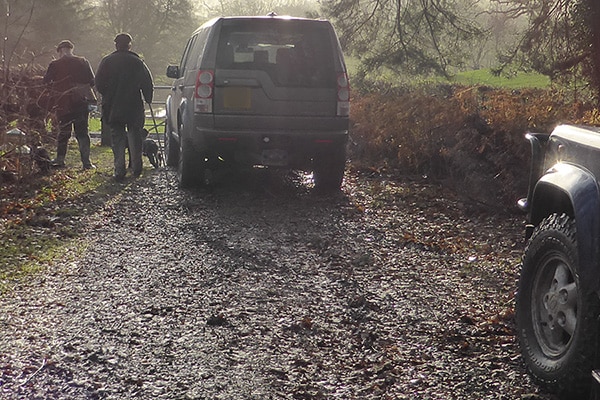
The use of red diesel for shoot transport
Many shoots transport the guns or beaters so it is important that all shoots are made aware of the restriction on using red diesel.
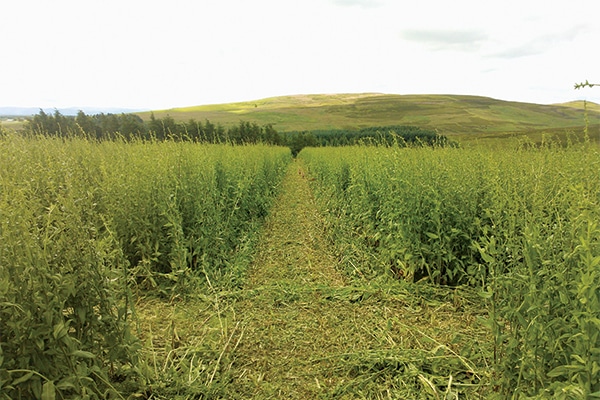
Game cover crops
To create an environment in which gamebirds and other wild birds can flourish, areas of game cover crop are often planted to provide additional habitat
